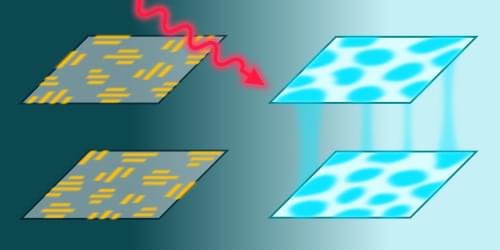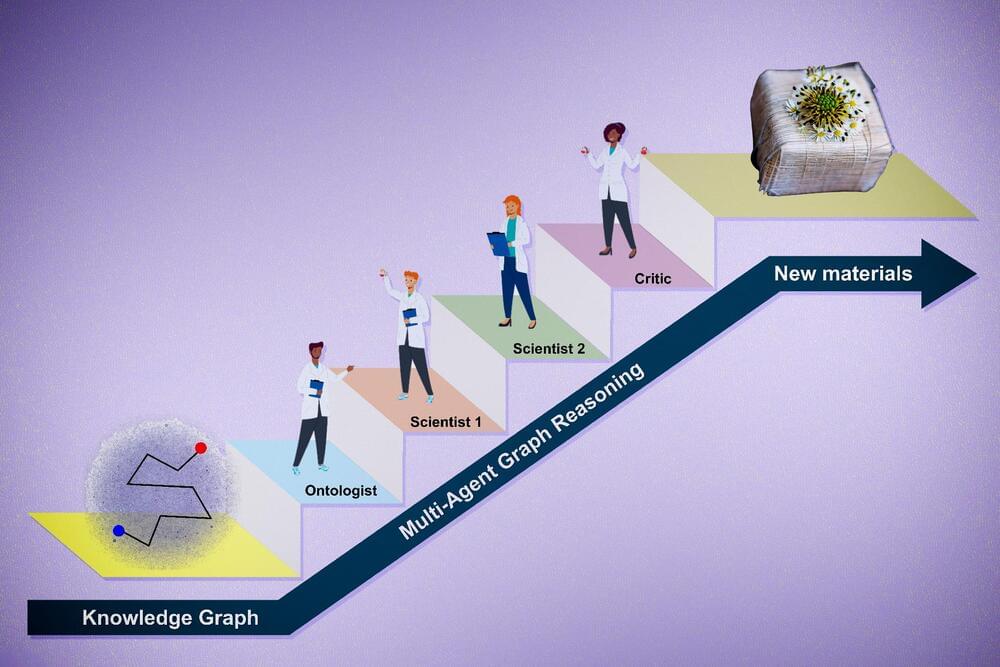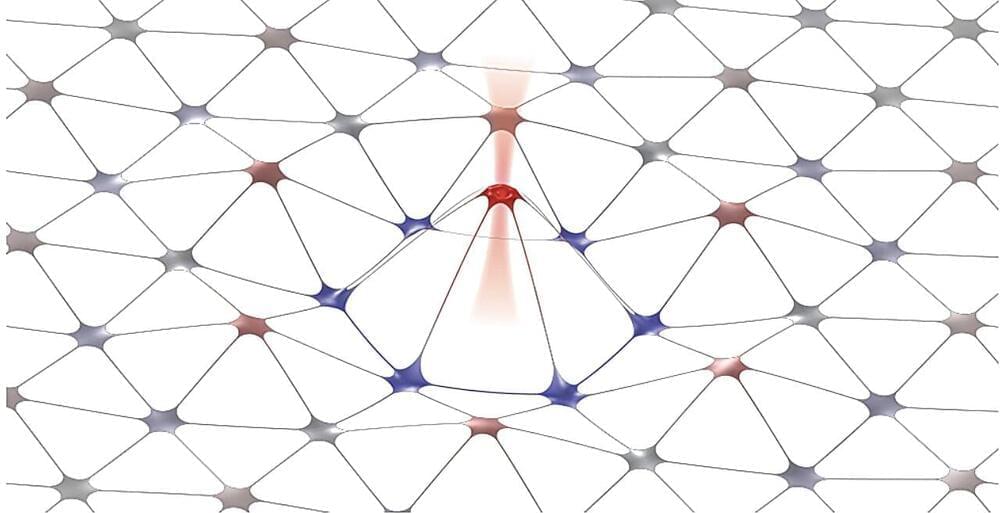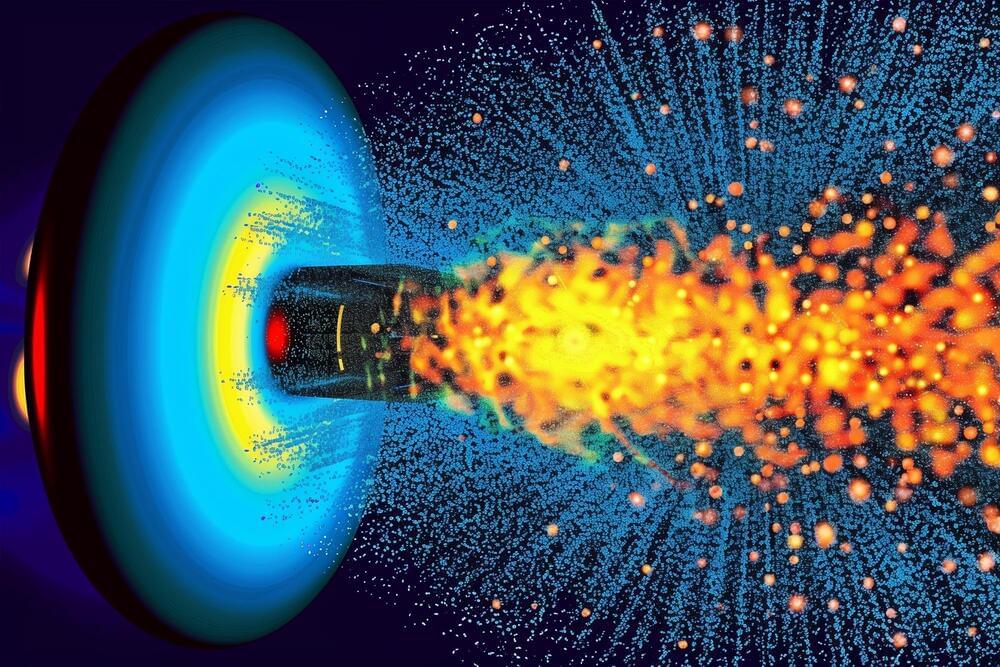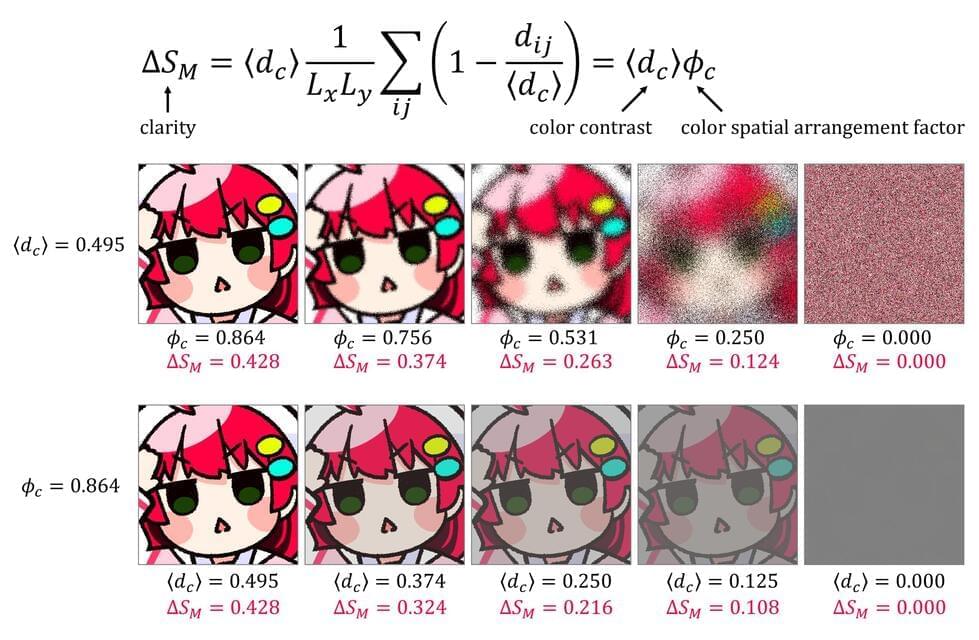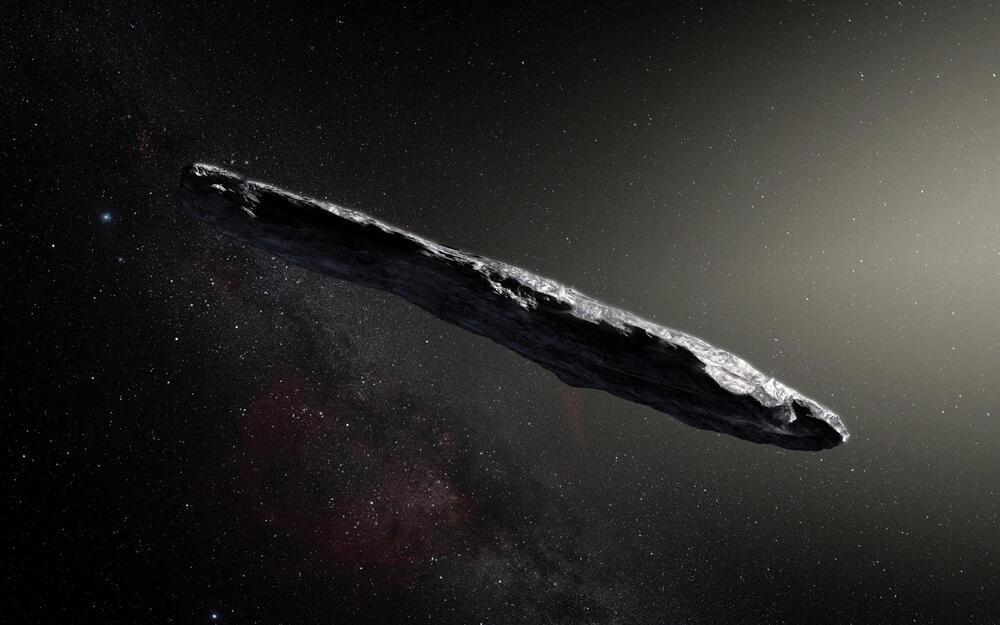Dec 21, 2024
Making Waves in the Debate over Light-Induced Superconductivity
Posted by Saúl Morales Rodriguéz in categories: materials, physics
In 2011 physicists made a surprising observation: A cuprate material exposed to intense pulses of light appeared to superconduct fleetingly at a temperature above its critical temperature. Could this be a clue to finding higher-temperature superconductors? The answer remains unclear. “There are still continuing debates about whether the light-induced state is really superconducting,” says Morihiko Nishida from the University of Tokyo. Now he and his colleagues have provided new hints concerning the nature of the light-induced state and its connection to electronic wave patterns called charge-density waves (CDWs) [1].
The researchers studied two cuprates, called LNSCO and LSCO, that both contain the element lanthanum. These materials superconduct at temperatures below 10 K, but at slightly higher temperatures, they transition to one of several low-conductivity states in which a wave pattern is imprinted onto the electron distribution. Previous work by this group suggested that these CDWs play a role in light-induced superconductivity [2], but it was unclear whether the wavelength—short or long—of the CDWs had any effect.
In their new experiments, Nishida and colleagues fired near-infrared pulses at their cuprate samples and recorded the electron response with a terahertz probe beam. In the CDW region of parameter space, they observed a light-induced conducting state whose frequency matched that of a superconducting resonance effect. The implication that the light-induced state is superconducting needs to be confirmed with other experiments, but the team’s work has revealed that both short-and long-wavelength CDWs play a role. The results have a bearing on models that suggest that the pairing of electrons—a key feature of superconductivity—occurs in CDW states at temperatures above the normal onset of superconductivity (see Synopsis: Picking out Waves in a Material’s Charge Distribution).
